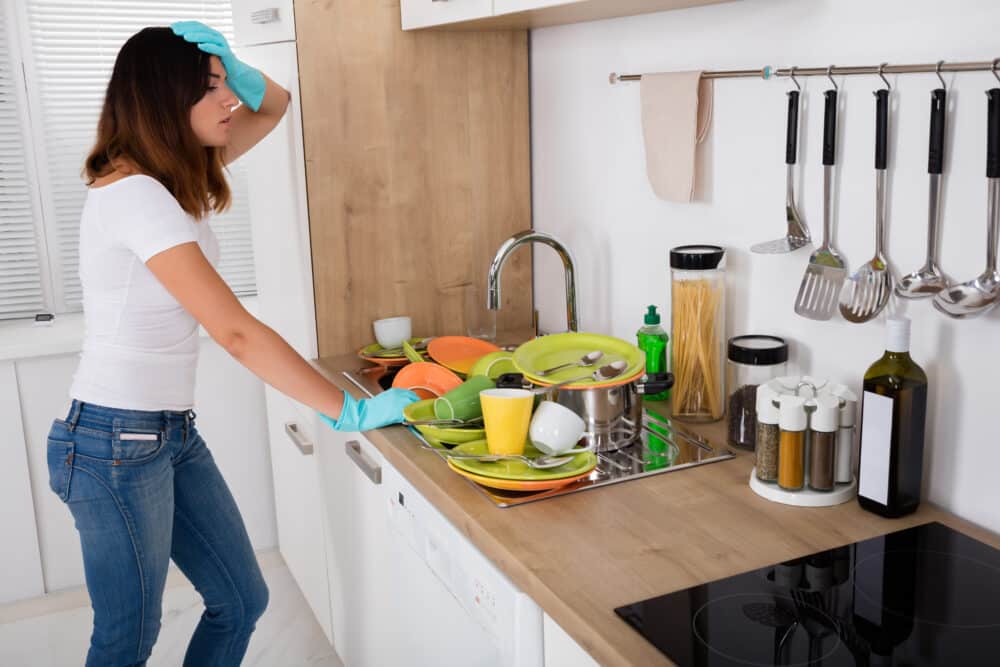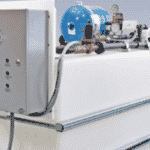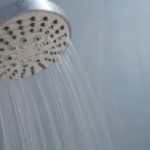Getting the Most from Your Low Yield Well
Ever turn on a faucet to find only a drizzle coming out and think your well has run out of water? Chances are your well hasn’t run dry, you just have poor timing. In situations like this, a booster pump can help. Here’s how.
Even low yield wells, defined as wells that produce only 1 gallon per minute (gpm), provide more water than the average family uses in a day. The problem lies with the capacity of these wells to store water so that it is available to satisfy that family’s pattern of water usage.
At 1 gpm, a low yield well, also called a low-producing well or a slow well, will produce 1,440 gallons of water a day. An average family of four or five typically uses between 400 and 500 gallons of water in the same period for basic needs – bathing, toileting, laundry, dishwashing, etc. So, mathematically speaking, the water supply is more than adequate.
Here’s the problem: It’s 7 a.m. Mother, father, sister and brother are all rushing to get ready for the day, showering, shaving, brushing teeth… On top of that, Dad filled everyone’s water bottles, brother put water out for the family pets, and sister started a load of laundry. Now, Mom turns on the faucet to clean the breakfast dishes and, viola, the water slows to a trickle. That’s because the family is using water faster than water is flowing into the well.
How Wells Work
Essentially, a well is a hole in the ground that water seeps into until it reaches the well’s static level. If you are drawing water from that well faster than it is seeping in, the water flow will slow dramatically and, in some cases, stop altogether until the water level in the well replenishes.
In most well water systems today, a source pump draws water from the well to a storage tank where it is pressurized and available for use. In the case of a low yield well, the water stored in the pressure tank may be insufficient to meet your family’s needs during peak usage times. That’s because as the tank empties, it triggers the pump to draw more water from the well to meet demand. But, if the pump attempts to draw water before the well replenishes, it can result in the well yielding even less water. In time, this over-pumping can damage your pump.
Adding a larger or a second water storage pressure tank may help, but space restrictions can make this a nonviable option for many people. A more effective solution may be to add a booster pump to your water system.
Getting the Yield & Pressure You Need With A Booster Pump
Think of a booster pump as an intermediary between your water source and your outlets (i.e., taps, faucets, etc.). Adding this additional pump, which works in conjunction with your source pump, can increase your water pressure and improve your water flow rate. However, you could still have a capacity issue if your water storage pressure tank cannot hold enough water for your needs.
One way to address the capacity issue is to install additional water storage tanks. However, not everyone will find that to be a practical solution, and for those Well Manager offers an alternative.
The Well Manager 210 system continually draws water from your well in off-peak times to replenish the water you have used. By providing a ready supply of water, you can experience increased yield and consistent water pressure when you need it most. For further information, contact one of our well water specialists today.






